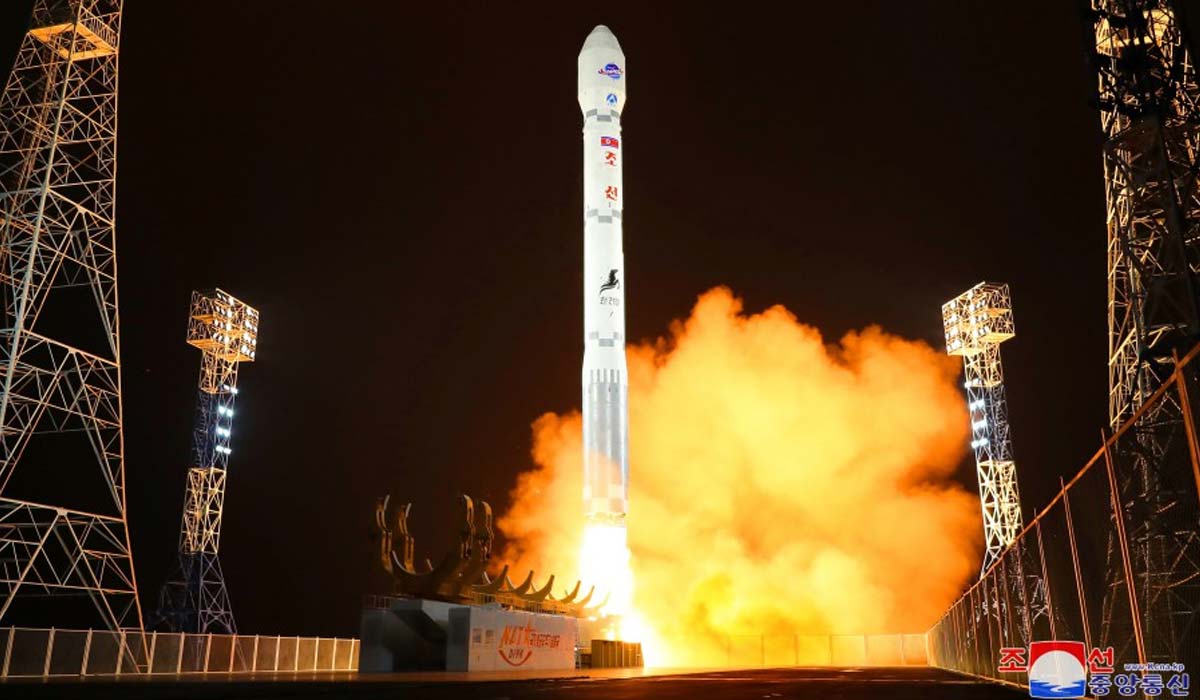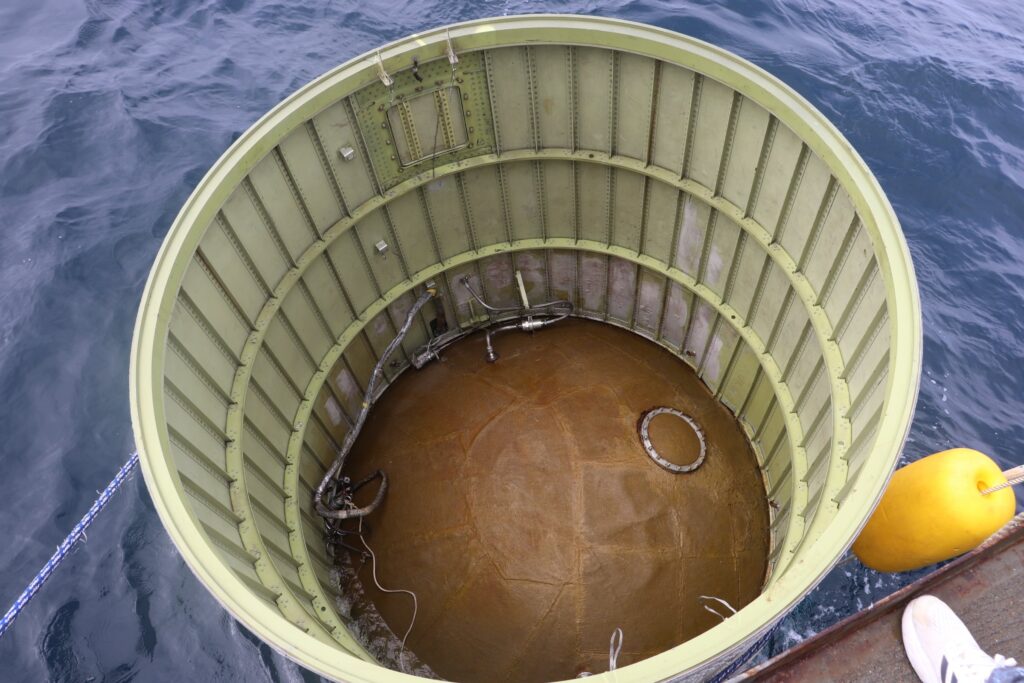An astronomer from Yonsei University published a video showing the explosion of the first stage of the North Korea’s Chŏllima 1 rocket. According to experts, this could be a deliberate action on the part of the DPRK.

Chŏllima 1 was launched on November 21. According to the DPRK, the mission was a success and the rocket launched a reconnaissance satellite into Earth orbit. The US Space Force later confirmed that Chŏllima 1 had managed to reach orbit and bring out some kind of cargo.
However, this was not the end of the story. A few days later, South Korea’s Yonsei University published a video taken by a camera designed to track meteors. A flying Chŏllima 1 came into its field of vision. The recording showed that some time after separation, the first stage of the rocket exploded.
According to many experts, this explosion was not accidental. The last launch was the first successful one for Chŏllima 1. Its two previous missions ended in failure, after which North Korean engineers made changes to the design of the rocket.
At the same time, after the launch of Chŏllima 1 on May 30, 2023, the South Korean Navy managed to catch its components from the sea. The relevant photos were then published by the media. Apparently, the DPRK leadership wanted to avoid a repeat of such a situation and undermined the stage to prevent its neighbours from getting it, and they could not identify the changes made.

The destruction of the stage could also make it possible to hide the use of foreign components in it, especially Russian ones. Before that, South Korea had already accused Russia of assisting the DPRK in the implementation of the new launch of Chŏllima 1. In exchange, the aggressor country received North Korean shells. They are now being actively used by its army at the front.
According to https://arstechnica.com
Follow us on Twitter to get the most interesting space news in time
https://twitter.com/ust_magazine


